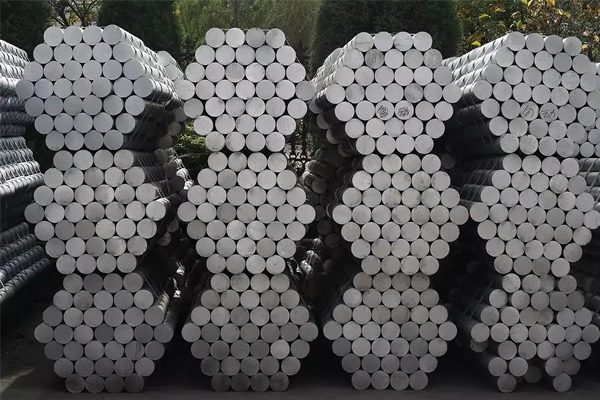The material used in forging
The forging materials are mainly carbon steel and alloy steel, followed by aluminum, magnesium, copper, titanium and their alloys. The original state of the material is bar, ingot, metal powder and liquid metal. The ratio of the cross-sectional area of a metal before and after deformation is called the forging ratio. Correct selection of forging ratio, reasonable heating temperature and holding time, reasonable initial forging temperature and final forging temperature, reasonable amount of deformation and deformation speed have great influence on improving product quality and reducing cost.

General small and medium forgings are round or square bars as billets. The bars have uniform grain structure and good mechanical properties, accurate shape and size, good surface quality, convenient for mass production. As long as the heating temperature and deformation conditions are controlled reasonably, good forgings can be forged without large forging deformation.
Ingot is only used for large forgings. The ingot is an as-cast structure with large columnar crystals and loose centers. Therefore, the columnar crystals must be broken into fine grains through large plastic deformation, and loose compaction can obtain excellent metal structure and mechanical properties.
Powder forging can be made from pre - made powder metallurgy preforms after pressing and firing under hot state by die forging without flapping. Forgings powder is close to the density of ordinary die forgings, with good mechanical properties and high precision, which can reduce subsequent cutting. Powder forgings with uniform internal structure and no segregation can be used to manufacture small gears and other workpiece. However, the price of powder is much higher than that of ordinary bar, so its application in production is limited. ,
The desired shape and properties of die forgings can be obtained by applying static pressure to the liquid metal pouring in the die chamber to make it solidify, crystallize, flow, plastic deformation and form under the action of pressure. Liquid metal die forging is a forming method between die casting and die forging, especially suitable for complex thin-walled parts which are difficult to be formed by ordinary die forging.
Forging materials in addition to the usual materials, such as various composition of carbon steel and alloy steel, followed by aluminum, magnesium, copper, titanium and its alloys, high temperature iron base alloy, nickel base superalloy, cobalt-based superalloy deformation of the alloy also USES forging or rolling way, only the alloy due to its plastic zone is relatively narrow, so the forging difficulty will be relatively large, Different materials heating temperature, open forging temperature and final forging temperature have strict requirements.